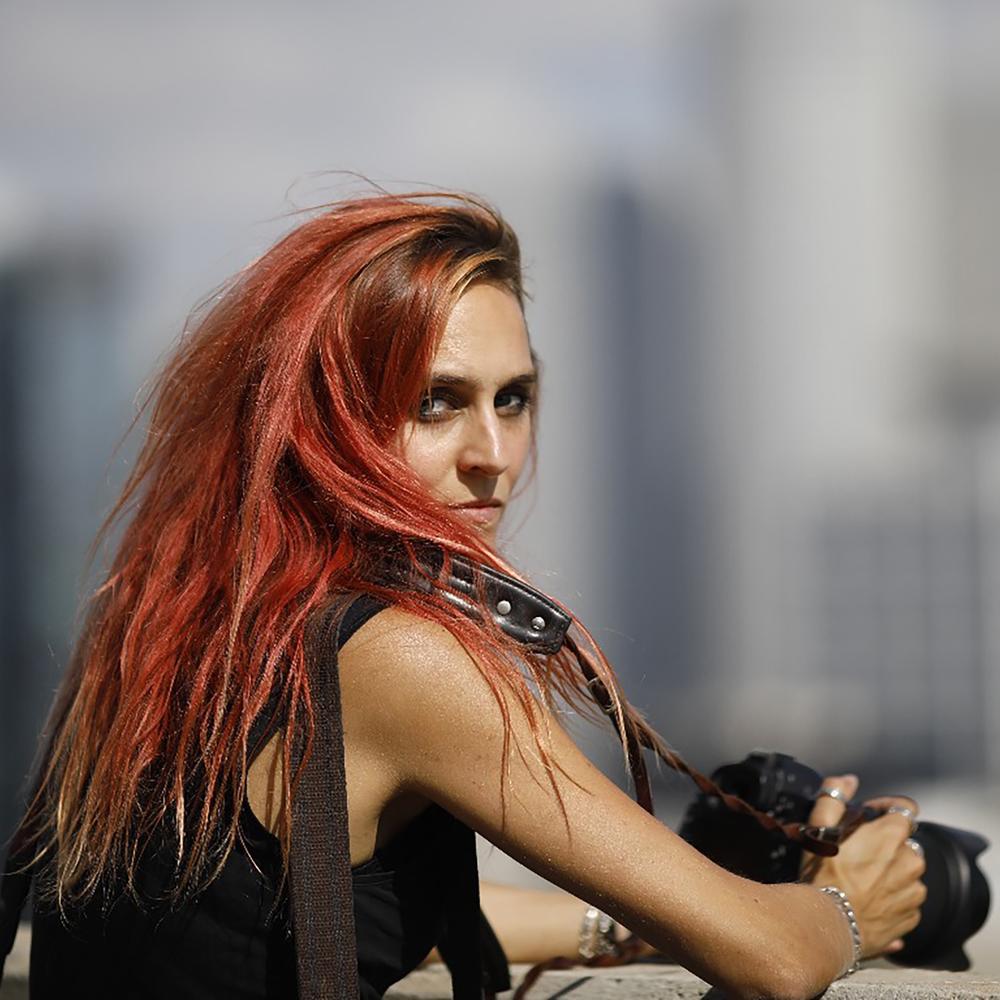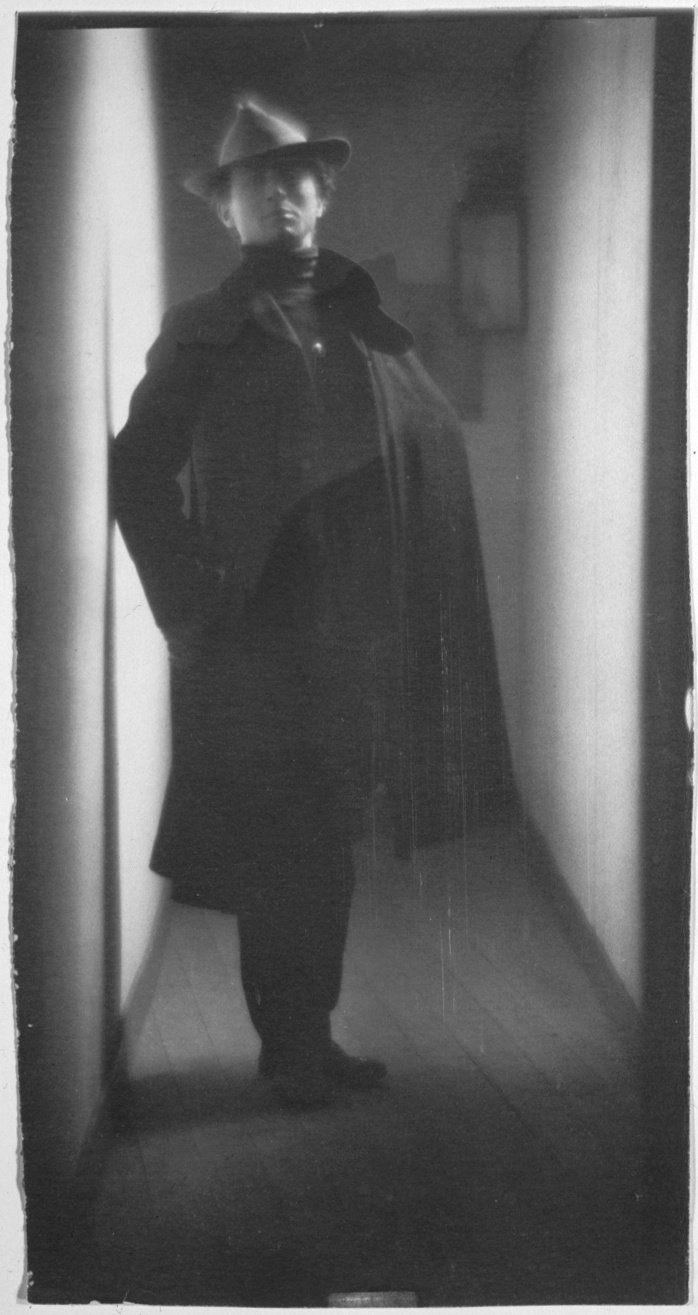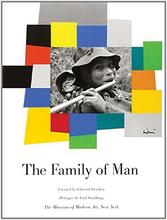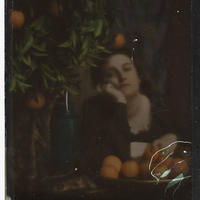More about Edward Steichen
- All
- Info
- Shop
Works by Edward Steichen

Contributor
Through his visual curiosity and bold explorations of the photographic craft, Edward Steichen came to be one of the leading figures in the early years of photography.
Specialization is overrated. And the genius of Edward Steichen is a prime example that it is possible to excel in a variety of artistic disciplines. From art photography, to aerial photography, to commercial works, fashion shoots, and portraiture, Steichen’s portfolio spans a wide array of photographic techniques and artistic styles, for which he is still praised today.
Though it was photography that made him famous, Steichen did not shy away from any medium that attracted his curious mind, including painting and raising colorful plants. As he once said: “I believe that art is cosmopolitan and that one should touch all points. I hate specialism. That is the ruin of art…”
Born in 1889 in Luxembourg, Steichen immigrated to the United States as an infant with his family. He was lucky enough to have a teacher that recognized his artistic talent and a mother who encouraged him to become an artist. Thus, at the young age of 15, Steichen left school to apprentice with a lithography firm, while in his free time he studied both painting and photography.
His iconic early photographs became Steichen’s vehicle to promote photography as a fine art, a title that at the time was reserved for traditional mediums like paintings. And how to better convince the art world that photography is more than just a documentary tool, than to imitate the pictorial atmosphere of paintings. Creating evocative, soft-focused photos through tedious image manipulations, Steichen adhered to the ‘Pictorialist’ style. When he presented his work to the pioneering photographer and gallerist Alfred Stieglitz, a keen advocate of Pictorialism, Stieglitz was impressed by Steichen’s work and bought three of his photographs for five dollars each, a notable sum at that time.
More important than this sale, Steichen's encounter with Stieglitz developed into a close friendship that would lead to many transformative collaborations. Steichen joined the ‘Photo Secession’ movement, working with a medley of photographers eager to prove photography deserved to be seen as fine art. He co-founded the Photo Secession’s gallery known as ‘291’, for which he repurposed his New York photo studio. He contributed to Stieglitz’s prestigious publication ‘Camera Work’ as an editor, designer, writer, and of course, a prominently featured photographer.
However, the First World War not only brought about the end of this long and productive friendship (most likely due to Steichen being a Francophile and Stieglitz being sympathetic to Germany), but also Steichen’s rejection of his signature pictorialist style. During his military service, Steichen became the director of aerial photography for intelligence purposes, something that changed his view of the medium forever. He started appreciating photography as a documentary tool and found that focused pictures were not so bad after all. In an extreme move, he burned his paintings to break free from his artistic past and convey his faith in photography.
Steichen's obsession with photography’s ability to depict reality soon entered a sisyphean realm. He created a series of more than a thousand exposures of a simple white teacup and saucer, each frame featuring minute adjustments of shadow and background. What at first glance seems like an extreme case of OCD in the search for the perfect frame, was actually a pretty useful experiment with light and shadows, similar to "what a series of finger exercises is to a pianist” as Steichen explained.
After the war, Steichen moved his artistic home into the editorial and fashion world. Working for Vanity Fair and Vogue, he portrayed numerous celebrities, Marlene Dietrich, Gloria Swanson and Charlie Chaplin among them. Again, Steichen revolutionized the practice. With artificial light sources, stark contrast, sharp focus, and geometric backgrounds, he endowed his photos with an unprecedented modernist atmosphere, earning him the credit ‘father of fashion photography’. But once again, Steichen ended this lucrative career after 15 years when it was no longer stimulating for him.
In the course of Steichen’s transitory life, the constant that never lost its inspiration for the artist was, surprisingly, the art of horticulture. Eventually, Steichen transformed his long-term enthusiasm for breeding delphinium flowers into his full-time occupation, earning awards and an eight-day exhibition at the Museum of Modern Art in New York in 1936. Truckloads of flowers were delivered from his farm in Connecticut daily, attracting large crowds to the show. Steichen’s horticultural legacy can even be enjoyed in your garden today. He bred two delphinium species, named ‘Connecticut Yankees’, and ‘Carl Sandburg’, after the famous author who was Steichen’s brother-in-law.
Nevertheless, Steichen did not leave the world of photography altogether. In 1947, he became the first director of photography at the Museum of Modern Art, and in 1955 created the most influential exhibition in the history of photography, "Family of Man." It was arguably the culmination of Steichen’s storied career.
Sources
- Daniel, Malcolm. “Edward J. Steichen (1879-1973): The Photo-Secession Years.” The Metropolitan Museum. November 2010. https://www.metmuseum.org/toah/hd/stei/hd_stei.htm
- “Edward Steichen.” Art Institute Chicago. Accesed on May 03, 2022. https://www.artic.edu/artists/36782/edward-steichen
- “Edward Steichen.” Artnet. Accessed May 02, 2022. http://www.artnet.com/artists/edward-steichen/
- “Edward Steichen.” Howard Greenberg Gallery. Accessed May 08, 2022. https://www.howardgreenberg.com/artists/edward-steichen
- “Edward Steichen.” International Photography Hall of Fame and Museum. Accessed May 02, 2022. https://iphf.org/inductees/edward-steichen/
- Goldberg, Vicky, Photography in Print (Albuquerque: University of New Mexico Press, 1981). 291.
- Hartmann, Cecilia. “Edward Steichen Archive: Delphiniums Blue (and White and Pink, Too).” Museum of Modern Art. March 08, 2011. https://www.moma.org/explore/inside_out/2011/03/08/edward-steichen-arch…
- “Life & Work.” The Estate of Edward Steichen. 2016. https://www.edwardsteichen.com/lifeandwork
- Newhall, Beaumont and Nancy. “Edward Steichen” In Masters of Photography (New York: Castle Books, 1958), 76-91.
- Owen, Edwards. “Edward Steichen: In Vogue.” Smithsonian Magazine. May 2009. https://www.smithsonianmag.com/arts-culture/edward-steichen-in-vogue-12…
- Samels, Zoe. “Edward Steichen.” National Gallery of Art. September 29, 2016. https://www.nga.gov/collection/artist-info.5478.html
- Szarkowski, John. “Edward Steichen: American Photographer.” Britannica. Last updated on March 23, 2022. https://www.britannica.com/biography/Edward-Steichen
- Updike, John. ““Introduction to The First Picture Book—Everyday Things for Babies, by Mary Steichen Calderone and Edward Steichen” In More Matter: Essays and Criticism (New York: Ballantine Books, 1999).
Featured Content
Here is what Wikipedia says about Edward Steichen
Edward Jean Steichen (
Luxembourgish: [ˈʃtɑɪ̯ɕən]; March 27, 1879 – March 25, 1973) was a Luxembourgish American photographer, painter and curator and a pioneer of fashion photography. His gown images for the magazine Art et Décoration in 1911 were the first modern fashion photographs to be published. From 1923 to 1938, Steichen served as chief photographer for the Condé Nast magazines Vogue and Vanity Fair, while also working for many advertising agencies, including J. Walter Thompson. During these years, Steichen was regarded as the most popular and highest-paid photographer in the world.
After the United States' entry into World War II, Steichen was invited by the United States Navy to serve as Director of the Naval Aviation Photographic Unit. In 1944, he directed the war documentary The Fighting Lady, which won the Academy Award for Best Documentary Feature at the 17th Academy Awards.
From 1947 to 1961, Steichen served as Director of the Department of Photography at New York's Museum of Modern Art. While there, he curated and assembled exhibits including the touring exhibition The Family of Man, which was seen by nine million people. In 2003, the Family of Man photographic collection was added to UNESCO's Memory of the World Register in recognition of its historical value.
In February 2006, a print of Steichen's early pictorialist photograph, The Pond–Moonlight (1904), sold for US$2.9 million—at the time, the highest price ever paid for a photograph at auction. A print of another photograph of the same style, The Flatiron (1904), became the second most expensive photograph ever on November 8, 2022, when it was sold for $12,000,000, at Christie's New York – well above the original estimate of $2,000,000-$3,000,000.
Check out the full Wikipedia article about Edward Steichen













